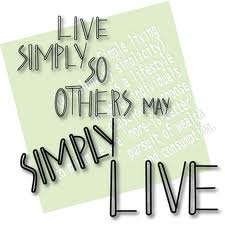Room to Read
Room to Read partners with local communities in the developing world to establish libraries, create local-language children's literature, construct schools, and provide education to girls.
Vision
Room to Read believes that World Change Starts with Educated Children. We envision a world in which all children can pursue a quality education that enables them to reach their full potential and contribute to their community and the world.
Mission
Room to Read seeks to transform the lives of millions of children in developing countries by focusing on literacy and gender equality in education. Working in collaboration with local communities, partner organizations and governments, we develop literacy skills and a habit of reading among primary school children, and support girls to complete secondary school with the relevant life skills to succeed in school and beyond.
Programs
Room to Read has developed a holistic, multi-pronged approach to help children in the developing world gain the lifelong gift of education through four core programs:
- Reading Room — We establish libraries and stock them with local-language children’s books, original Room to Read titles, donated English-language books, games and furniture to create a child-friendly learning environment.
- School Room — We partner with local communities to build schools so children can learn in a safe, child-friendly environment.
- Local Language Publishing — We source new content from local writers and illustrators and publish high-quality children's books in the local language to distribute throughout our networks.
- Girls' Education — We provide long-term, holistic support enabling girls to pursue and complete their secondary education.











